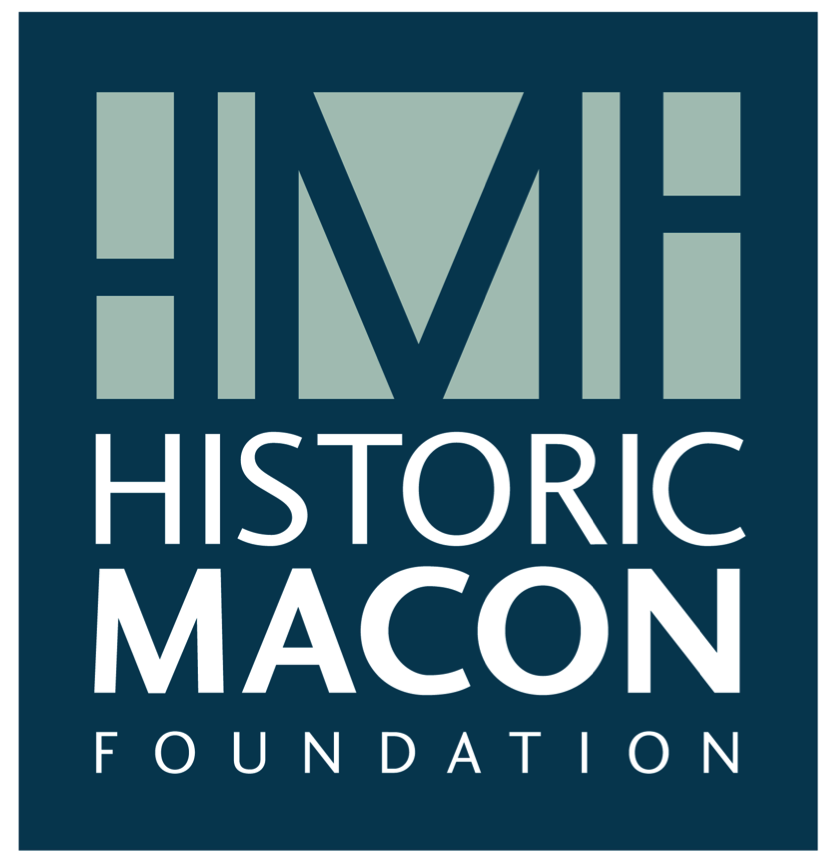The middle Georgia city of Macon has long been known for its architecture, natural landmarks, and accessibility by rail and river. More recently, pioneering Southern rockers The Allman Brothers Band helped put Macon on the map in the early 1970s, as did other famed musicians who once called Macon home, including Otis Redding, James Brown, and Little Richard.
Established in 1976, the Rookery in downtown Macon is one of the longest-standing businesses in the area. | Credit: Visit Macon
By the mid-’70s, though, downtown Macon had lost its splendor and begun slipping into obsolescence. Macon Mall, one of the largest malls in the state when it opened in 1975, siphoned off downtown’s vitality. A dormancy seemed to envelop the town. If you walked the downtown streets in 2008, you would have found more than half of the storefronts empty and boarded up. Stately historic buildings, some dating to the late 1800s and ranging in architectural style from Greek Revival to Colonial Revival, sat unused, slowly decaying. They were a bittersweet reminder of the splendor that once graced downtown. For nearly two generations, the once-vibrant commercial presence in downtown Macon waned.
Macon’s Rebirth
The transformation of Macon’s downtown didn’t happen overnight. Scores of dreamers, many risk-takers, dozens of failures, thousands of hours, millions of dollars, and several years of transition created this renaissance.
It is impossible to pinpoint the precise moment when downtown Macon’s fortunes began to improve, but the turning point came soon after the Great Recession. Attitudes started changing. Macon and Bibb County leaders came forward with bold ideas, some of them tied to preservation efforts. One by one, entrepreneurs began to reimagine the streets and seek ways to realize their visions. In October 2015 the Macon-Bibb Urban Development Authority released the Macon Action Plan, developed by Interface Studio and a steering committee composed of local stakeholders. This plan helped fuel the inspiration, and a combination of hard work, strong leadership, and community support moved the plan forward.
The Lawrence Mayer building, home to a florist on the ground floor and lofts above, has taken advantage of HMF’s HTC consulting. | Credit: Visit Macon
In 2011 voters approved a $190 million special purpose sales tax, $8 million of its proceeds earmarked to help turn the Second Street Corridor, once an ill-paved thoroughfare, into a vibrant multimodal corridor with many new shops and restaurants. Early work included adding bike lanes, facilitating reverse-angle parking, creating new parks, and improving sidewalks. In response, utilities upgraded their systems to meet growth. Today nearly 70 percent of downtown commercial space is occupied, and that percentage grows year by year.
The Role of Historic Macon Foundation
Preservation work was at the heart of Macon’s second wind, and incentives offered by both state and federal historic tax credits (HTCs) have been key to the city’s success. Acting as a consultant, Historic Macon Foundation (HMF) guides developers through the complex and detailed process that accompanies HTC applications. In the last five years, HMF has led the state of Georgia in applications, a large portion of which involve downtown Macon commercial projects.
Between 2017 and 2018 alone, HMF consulted on seven income-producing projects in downtown Macon that used HTCs. Through those projects, developers leveraged nearly $3.7 million in HTCs to rehabilitate more than 32,000 square feet at a total cost of almost $9.4 million.
Ocmulgee Brewpub, named for Macon’s river, was established in 2016 on historic Macon’s Second Street. | Credit: Matt Odom
Several of these downtown buildings had sat unoccupied for decades; some retained their original architectural details. Many spaces had rotting floors, crumbling ceilings, and holes in the walls. Without HTCs, they likely would have remained vacant. They now house businesses including a new coffee shop, a craft brewery, and a law firm. Other old buildings were converted into loft apartments with retail or office space on the first floor. HTCs allow developers to afford rehabilitation projects, thus re-energizing entire cities.
Among other positive economic impacts, reusing the historic structures attracts visitors to the city. According to Steven Fulbright of Visit Macon, tourism directly generated $364.5 million in the city last year. Events such as the annual Cherry Blossom Festival, Macon Film Fest, Bragg Jam Concert Crawl, and Macon Beer Fest—most of which are based downtown—also help draw visitors.
Revolving Fund Summit panelists—from left, author and researcher James Fallows, Lindsey Wallace of the National Main Street Center, Alex Morrison of the Macon-Bibb Urban Development Authority, and Melissa Jest of the Georgia Historic Preservation Division—discuss downtown development and potential growth. | Credit: Rachelle Wilson
But consulting on HTCs is just part of the story. HMF partners with other downtown advocates like NewTown Macon, the Community Foundation of Central Georgia, the Urban Development Authority, and Visit Macon, among others. HMF’s work is propelling development and creative initiatives on every corner.
As James Fallows and Deborah Fallows wrote in Our Towns, a thriving downtown is a tell-tale sign that a city will succeed. During his visit to Macon earlier this year for the Revolving Fund Summit, which was hosted by HMF and generously funded by the 1772 Foundation, Fallows offered a keynote address and participated in a panel that discussed his research about cities of various sizes solving their own challenges instead of waiting for outside help. Strong private-public partnerships, the presence of research institutions like Mercer University, and even craft breweries are indicators of a strong community in Macon. The city is a prime example of that can-do spirit, and it is drawing national attention for its reinvention initiatives, preservation priorities, and smart development.
It is undeniable. Macon is on the rise, and preservation efforts are helping the city succeed.
This post originally appeared on Preservation Leadership Forum. Preservation Leadership Forum is the network of preservation professionals brought together by the National Trust for Historic Preservation.




